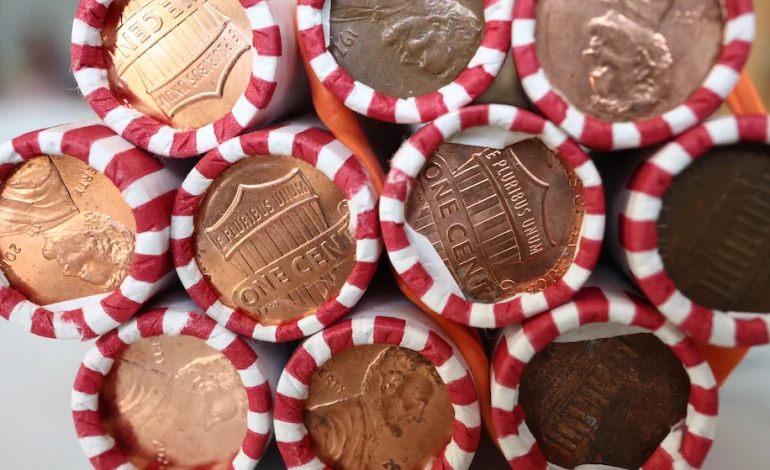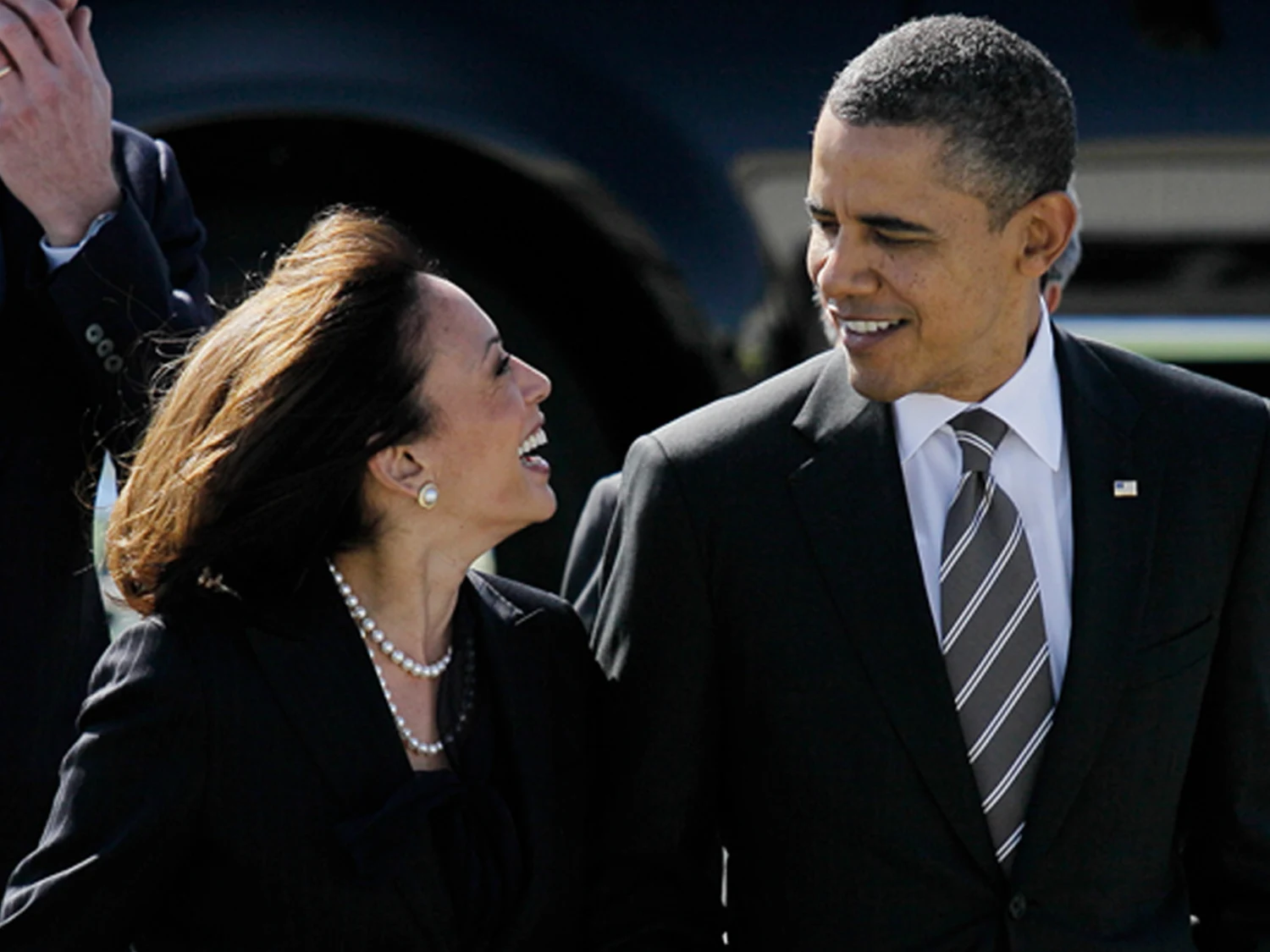President Donald Trump recently called for an end to the production of pennies, citing their rising cost to manufacture.
In a post on Truth Social, Trump described the minting of pennies as “wasteful,” highlighting that each penny costs more to produce than its face value. The US Mint’s annual report for fiscal year 2024 revealed that the cost of producing one penny had risen to approximately 3.7 cents, well beyond its nominal value of one cent.
Trump’s proposal to stop penny production is part of his broader budget-cutting initiatives. However, some experts have noted that shifting to nickels, which currently cost around 13.8 cents to make, could create even greater financial losses. Despite the higher production costs, nickels continue to be minted, with nearly 202 million produced in 2024.
The issue of coin production costs has been a long-standing concern, as the prices of metals like copper, nickel, and zinc have increased over time. These raw materials contribute to the rising expenses associated with minting coins, which has resulted in the production cost of pennies and other coins outpacing their actual value. For example, the cost of a nickel has also surged in recent years, now costing nearly 2.8 times its face value.
While pennies have been in circulation since the early days of the US Mint, some economists and politicians have questioned their continued production. Trump’s call to end penny minting echoes sentiments expressed by previous leaders, including former President Barack Obama, who once described the penny as a “good metaphor” for the inefficiencies in government spending. Additionally, several countries, including Canada, have ceased penny production, opting to round monetary transactions to the nearest five cents.
In response to Trump’s proposal, it remains unclear whether he has the authority to stop the minting of pennies unilaterally. The US Mint, which falls under the Treasury Department, requires congressional approval for the production of coins. Therefore, the proposal may need to be taken up by lawmakers, who will likely weigh the financial impact of discontinuing penny production.
In 2024, the US Mint shipped approximately 3.2 billion pennies, far surpassing the production of other coins like nickels, dimes, and quarters. The ongoing cost of producing these coins—especially the penny—raises questions about their continued viability, particularly when the production of a penny results in a loss of about 2.7 cents per coin.
USA Today and the Washington Post contributed to this report.








